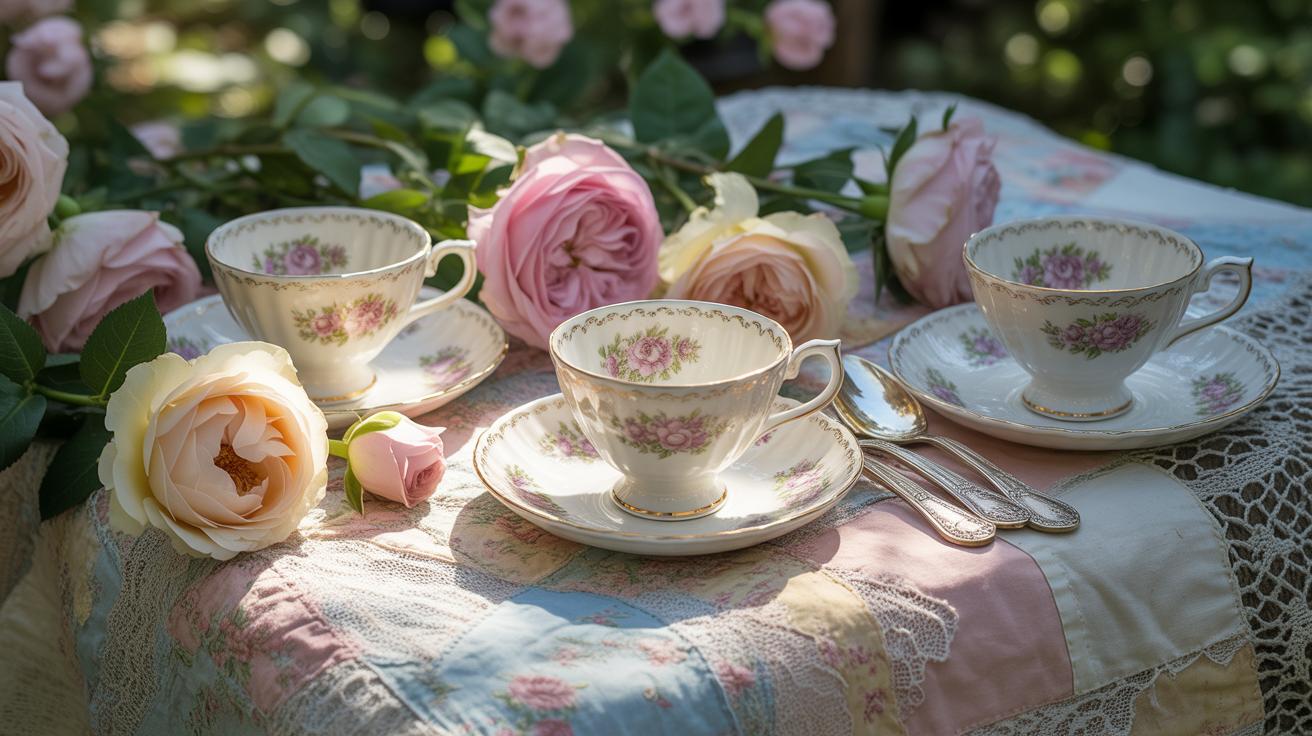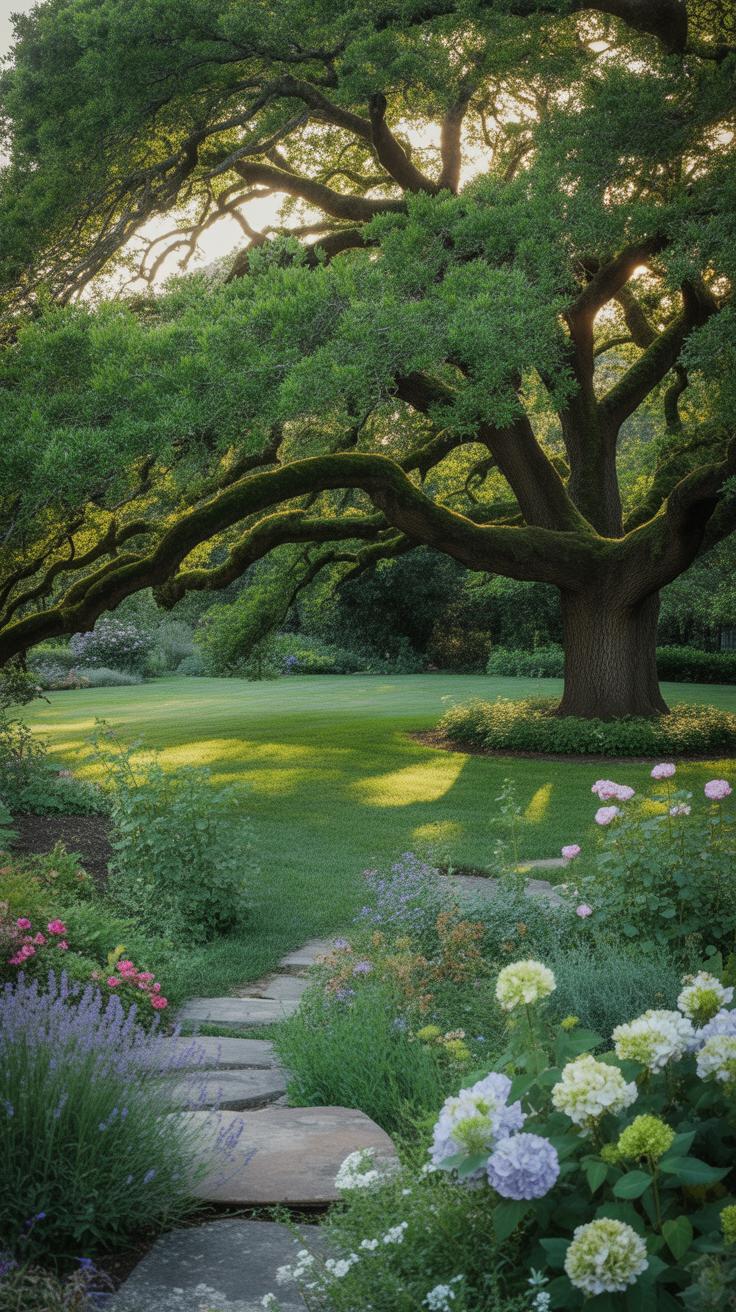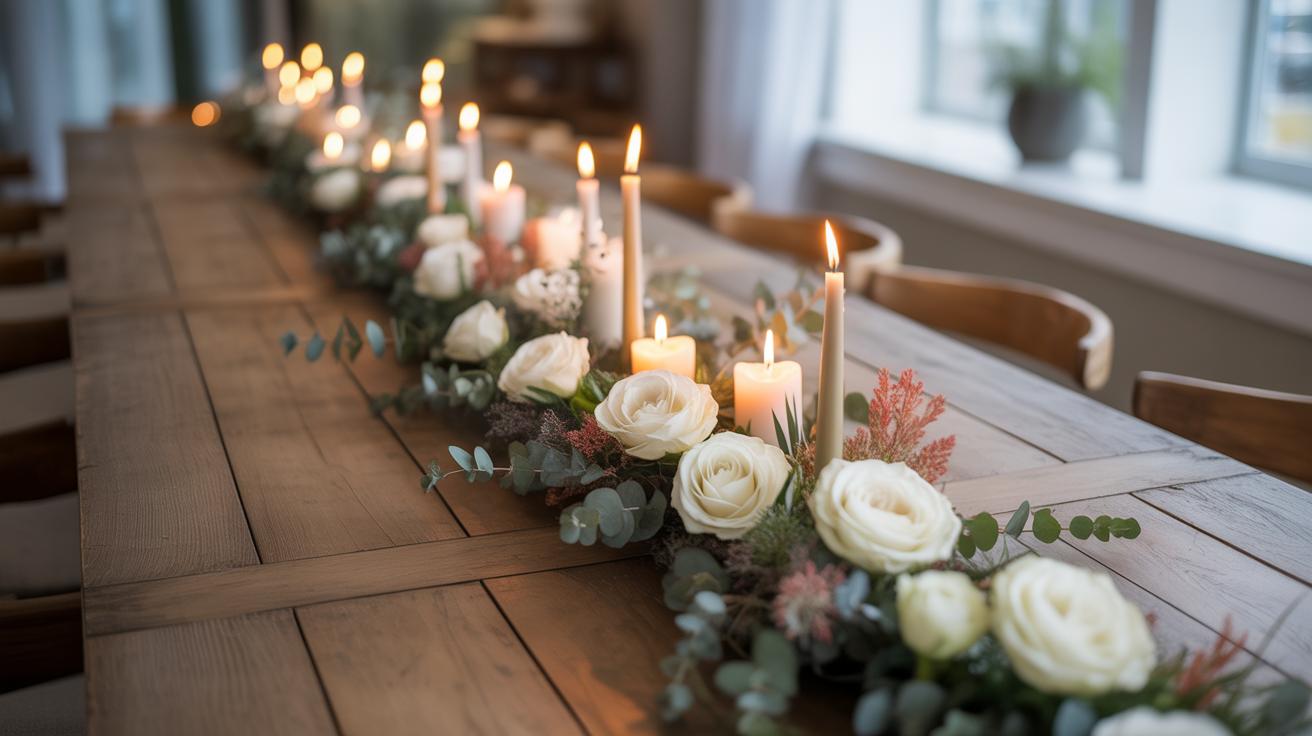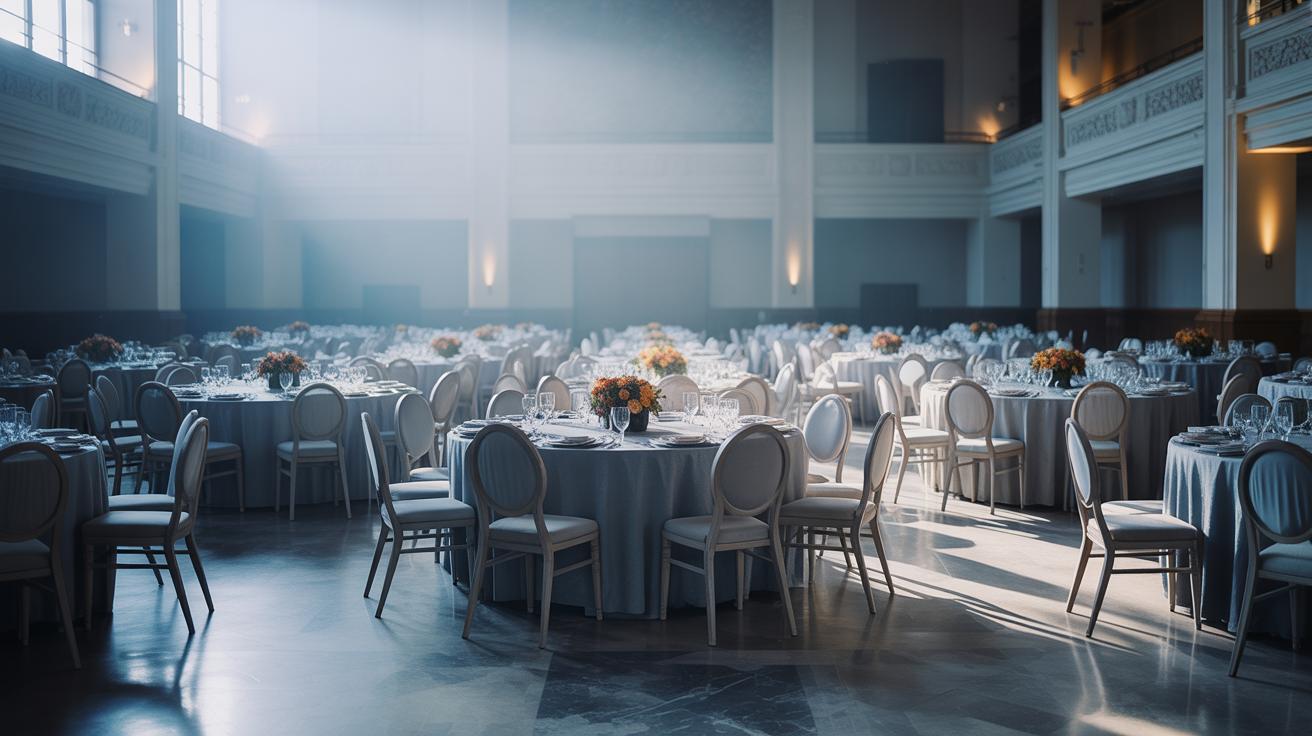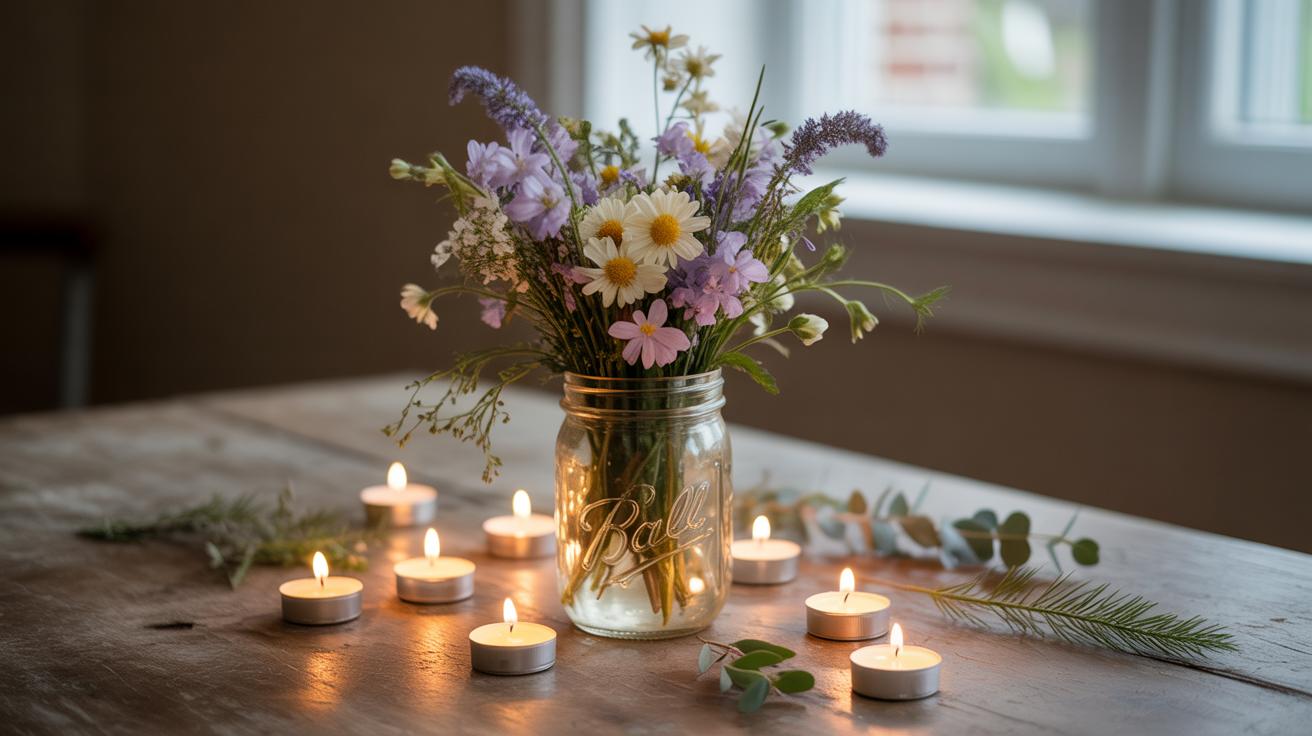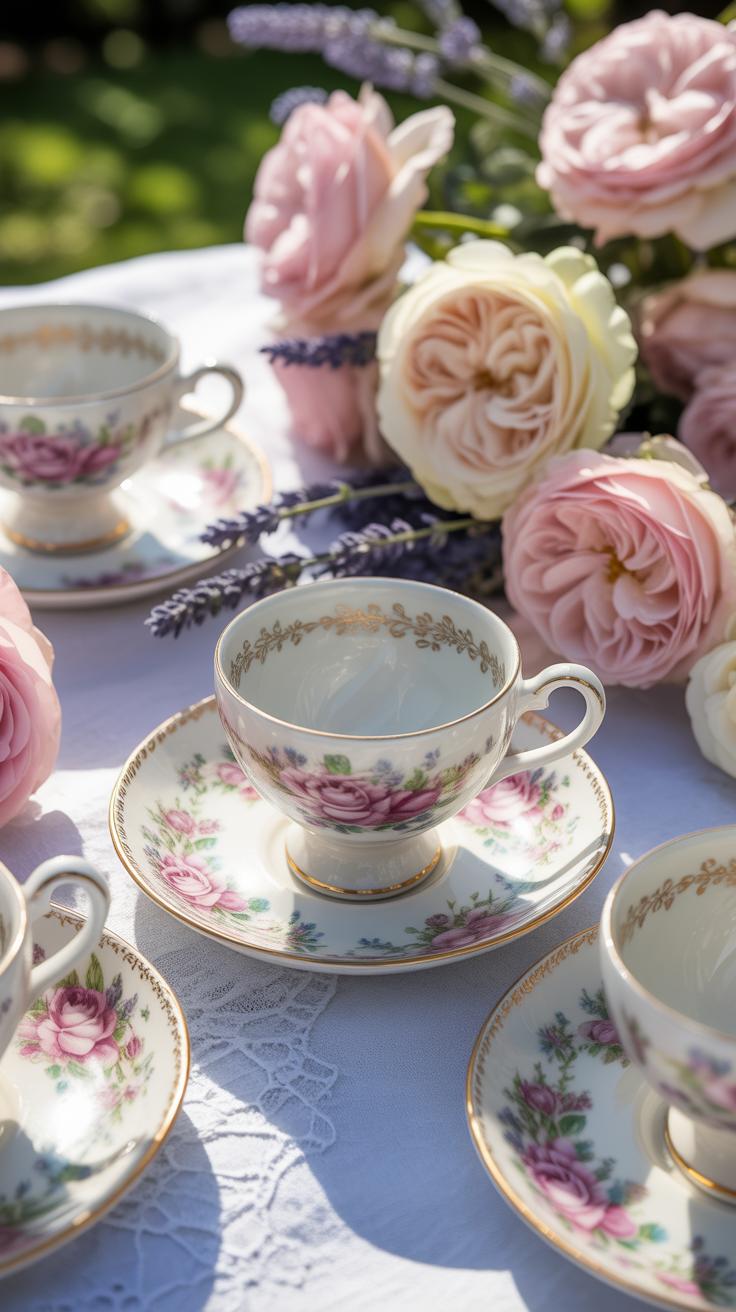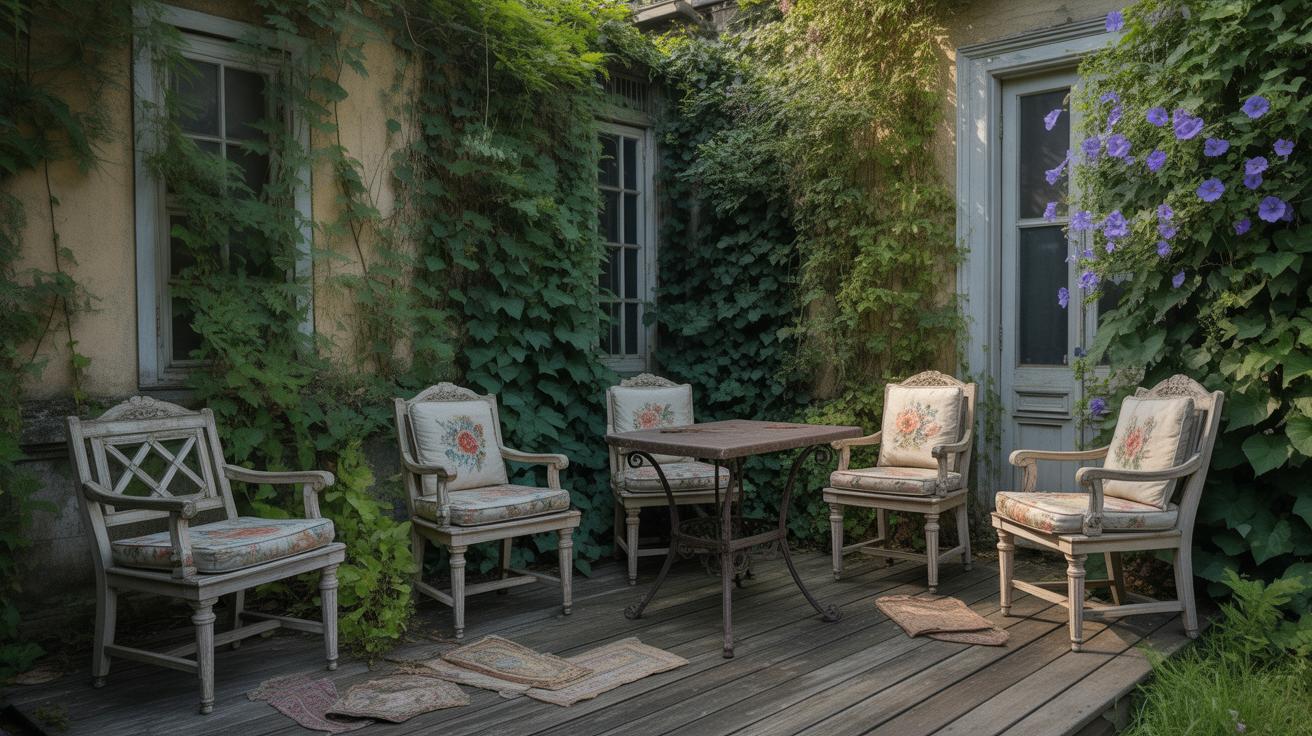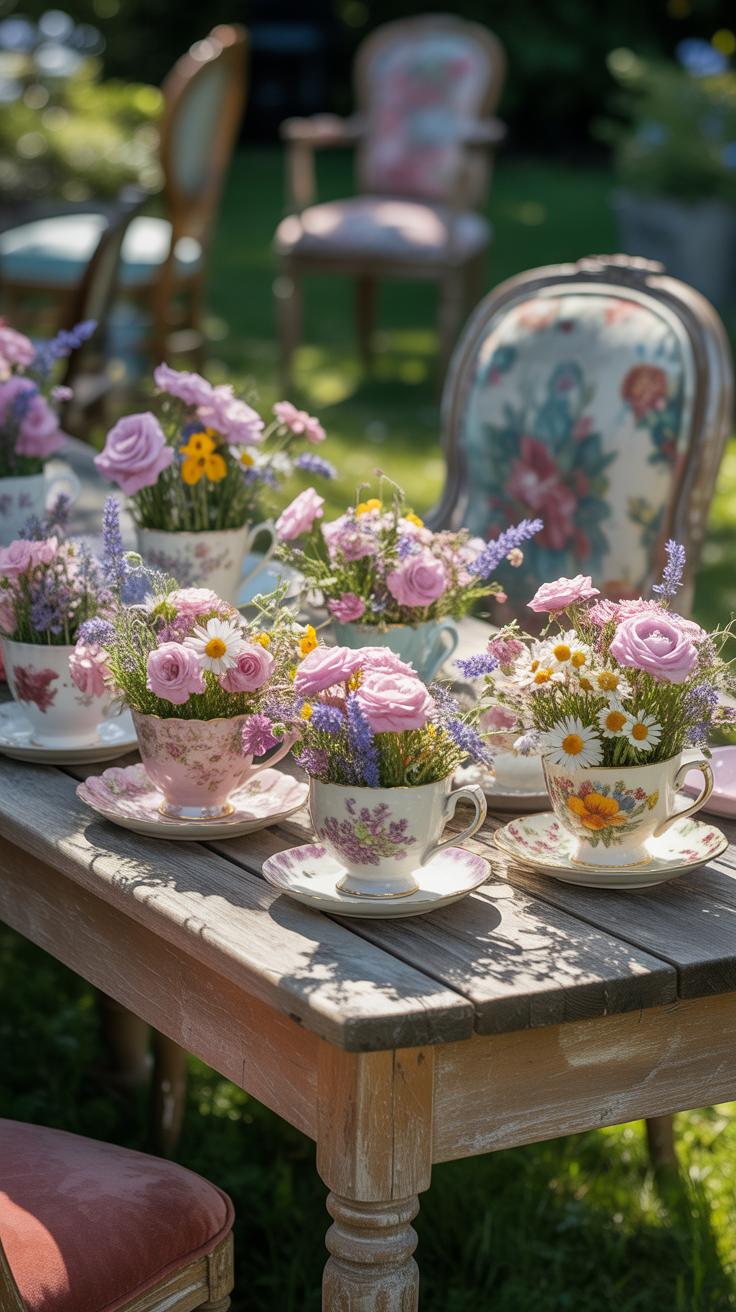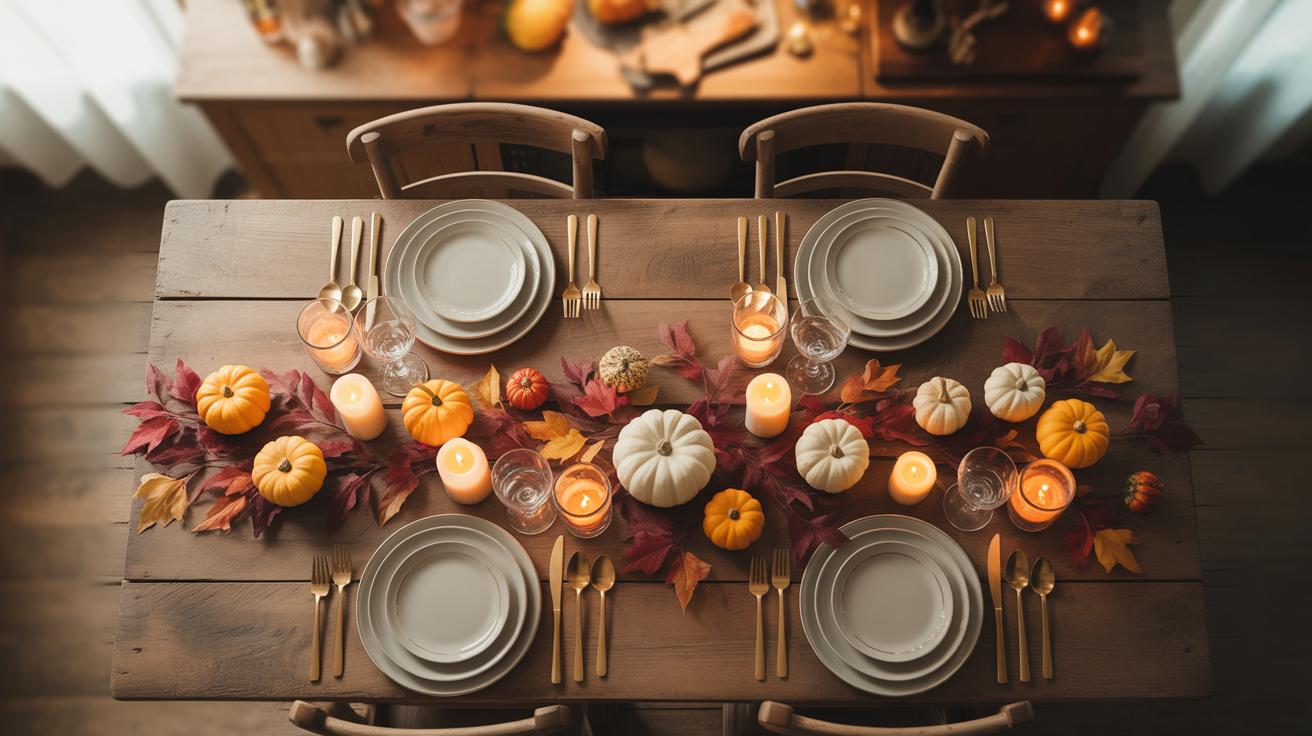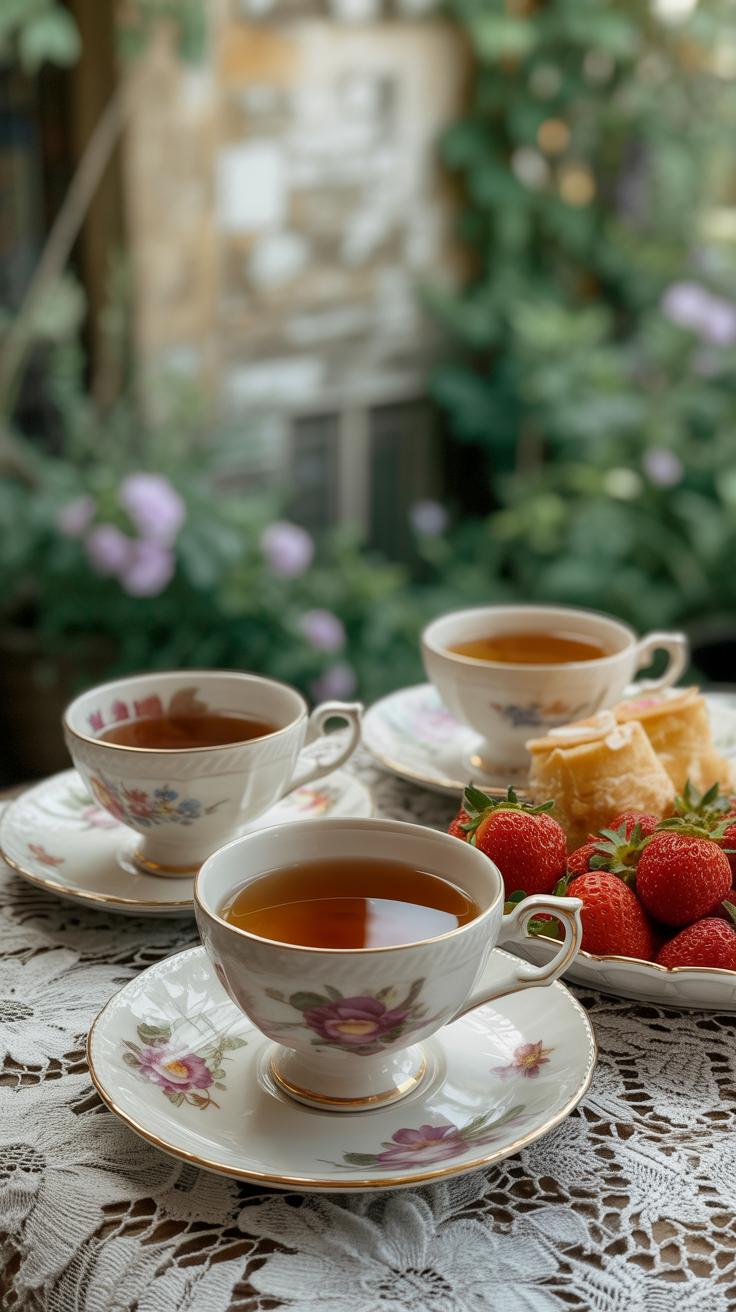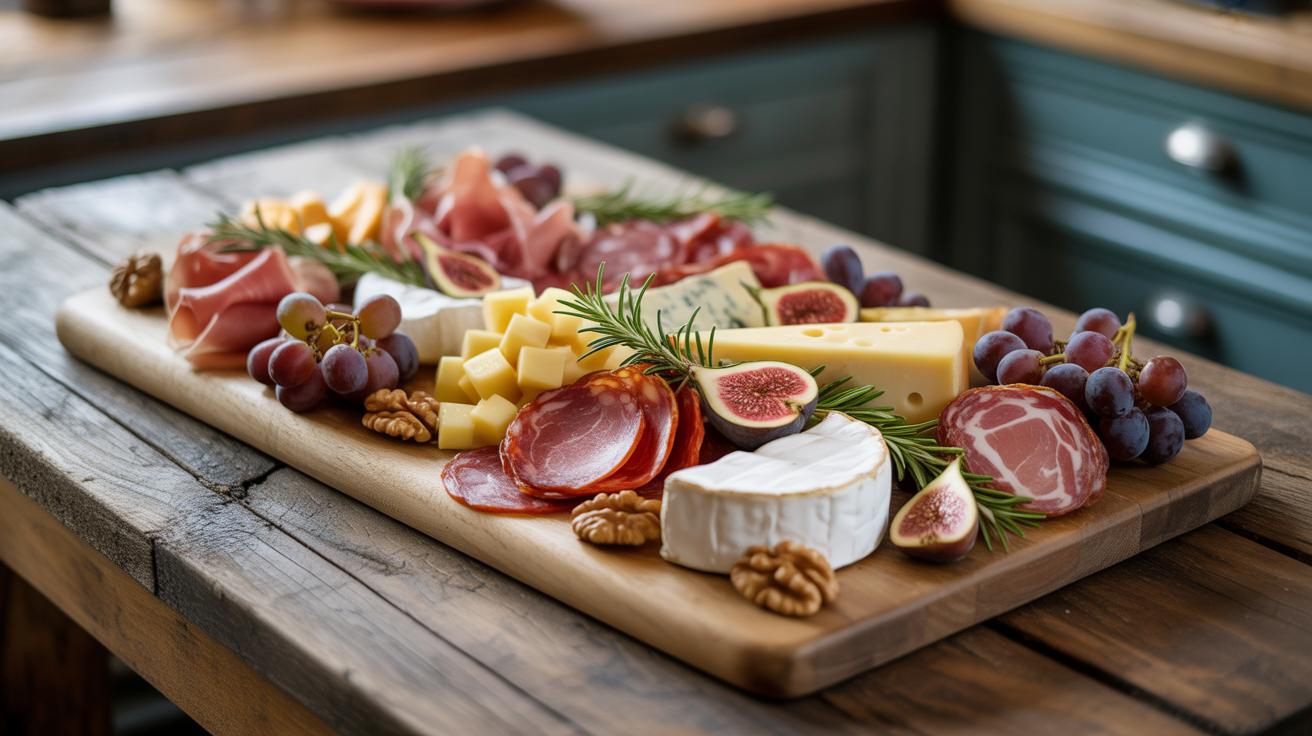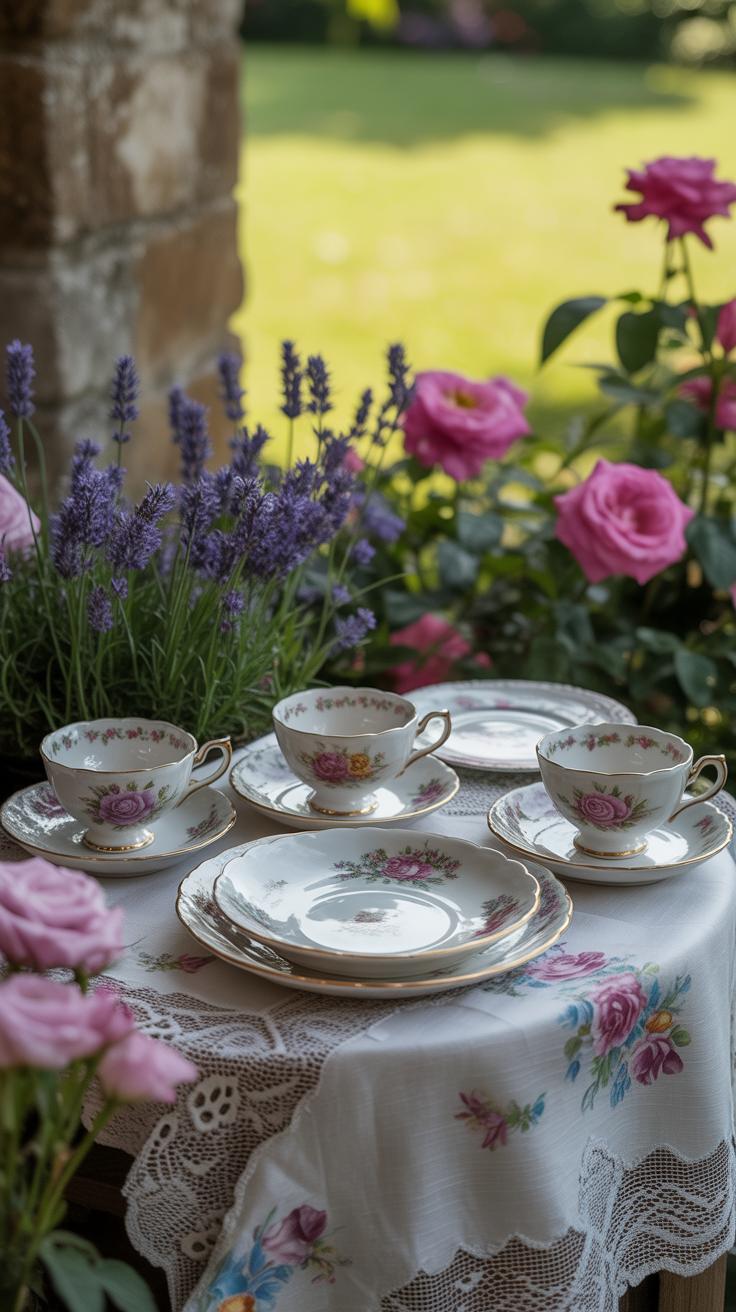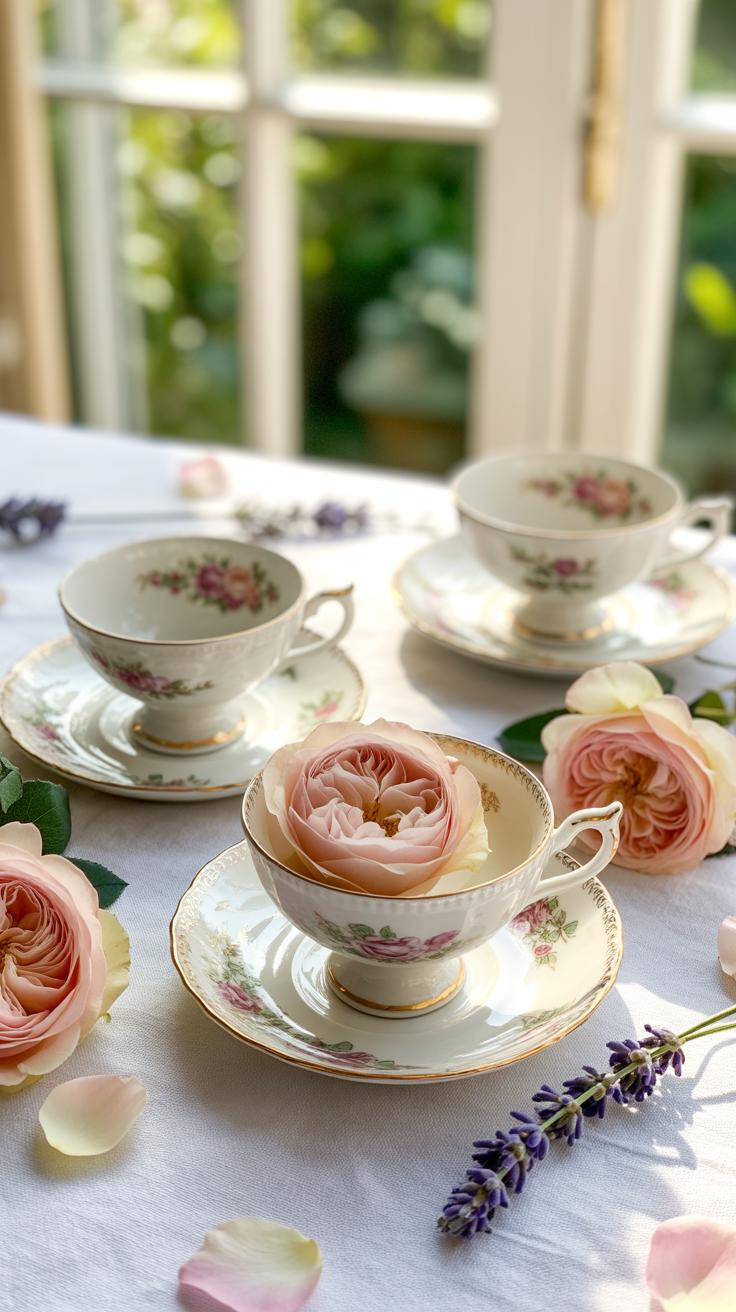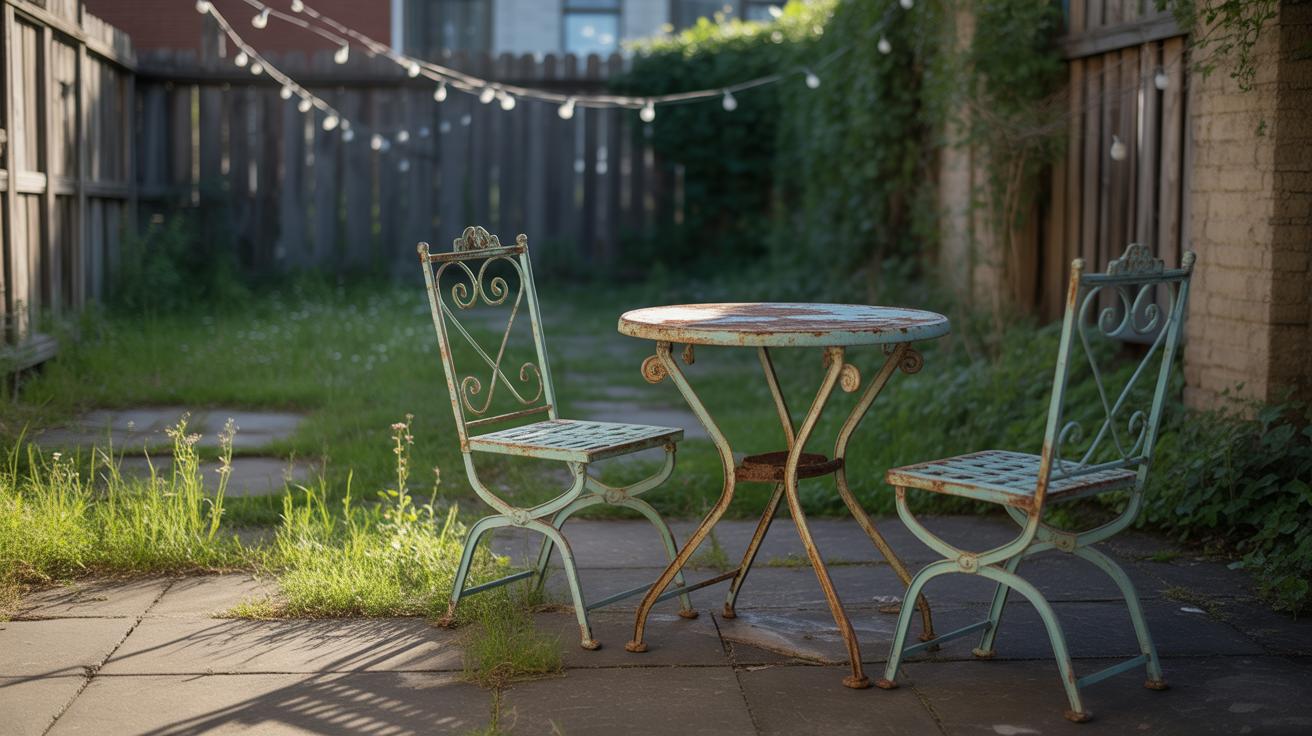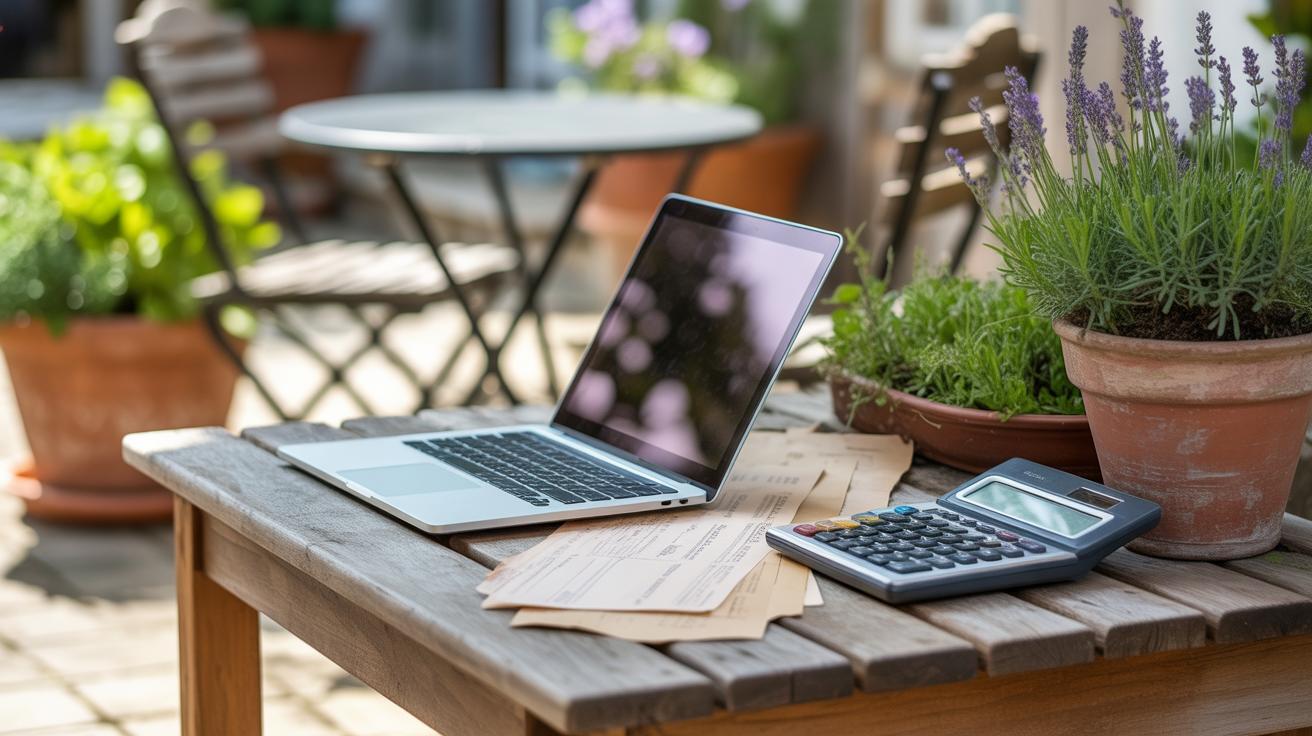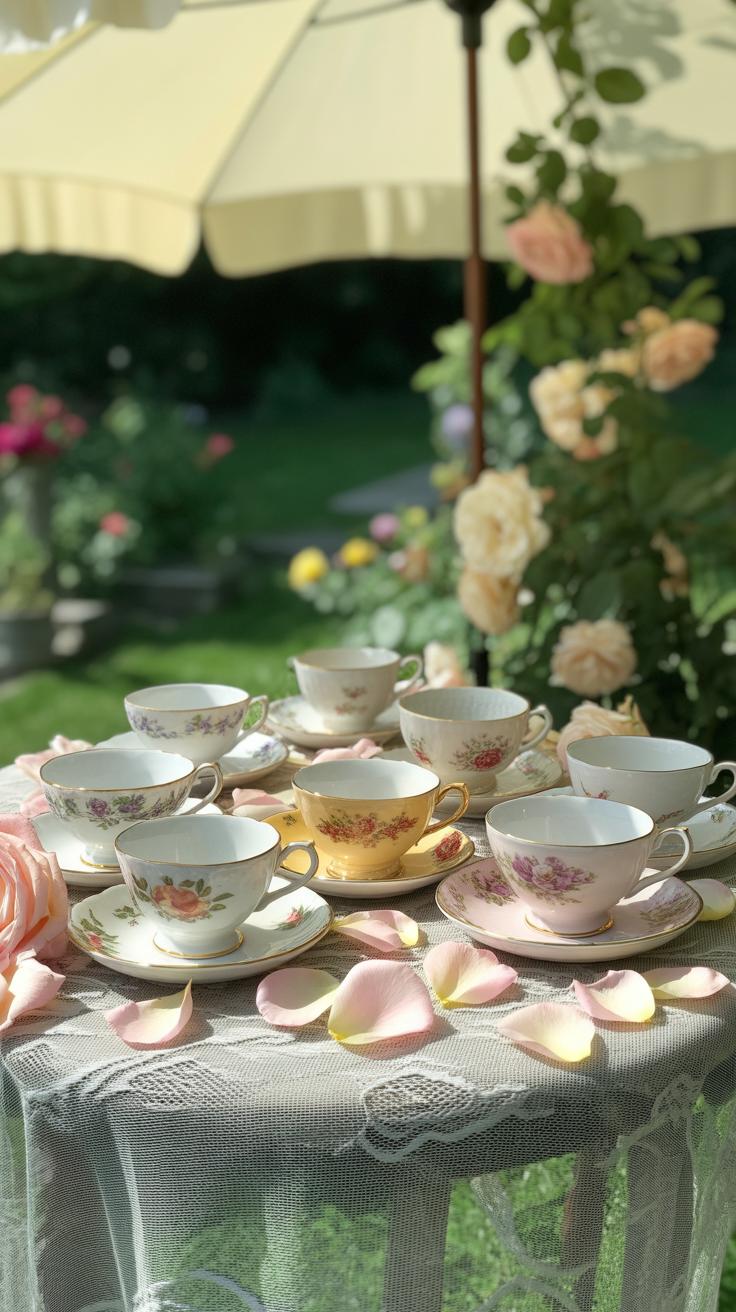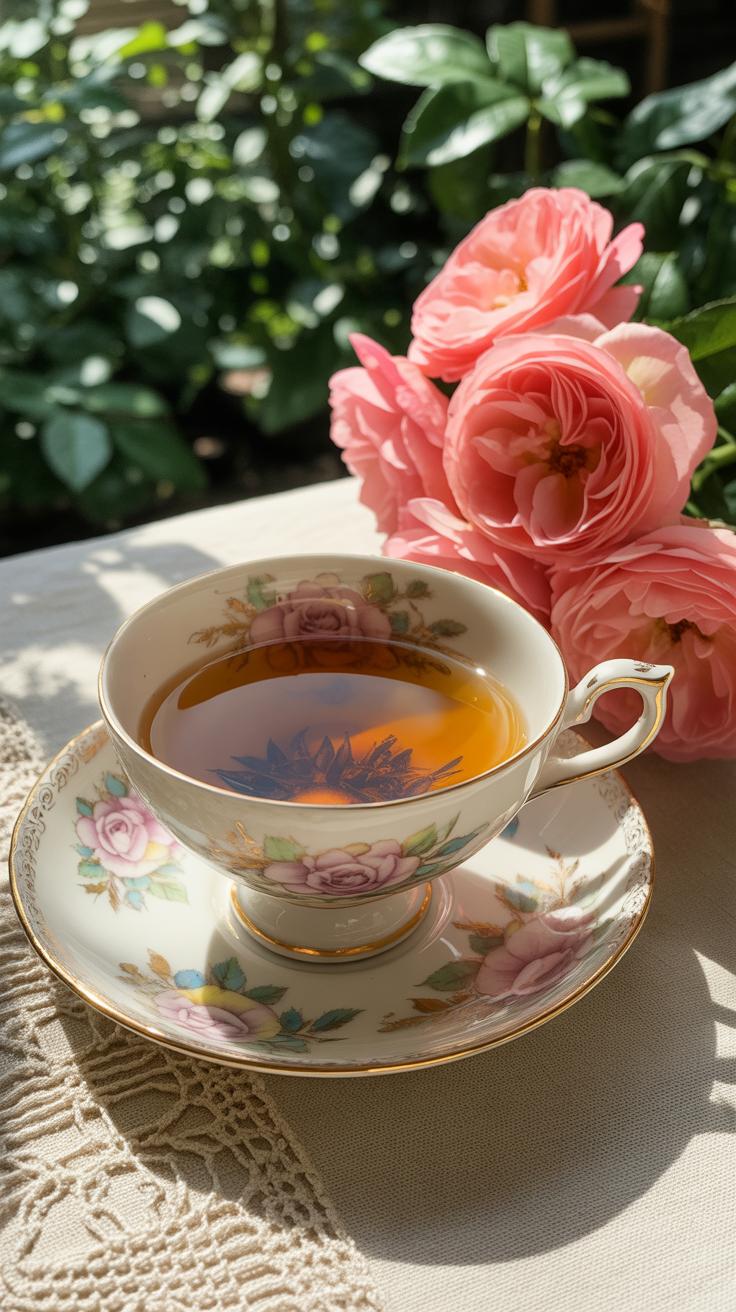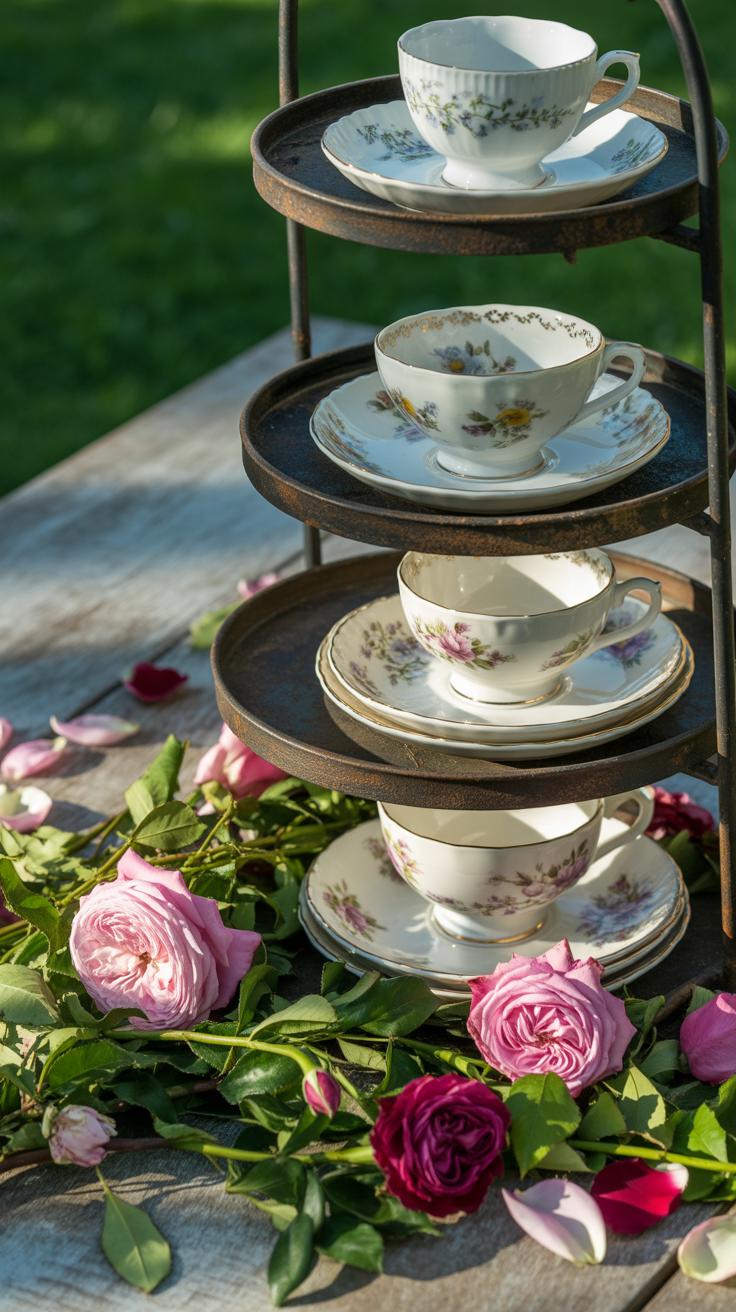Introduction
Creating your perfect garden tea party aesthetic on any budget is about crafting a charming and enjoyable outdoor experience. Whether you have a sprawling garden or a small backyard, you can set up a tea party that feels special without spending a lot. This article helps you plan your garden tea party with practical tips to make the space inviting and beautiful.
We will cover how to pick the best spot, decorate affordably, prepare simple delights, and invite guests to share a relaxed time. With clear steps and budget-friendly ideas, you will find everything you need to host a lovely garden tea party.
Selecting Your Garden Venue
Picking the right spot for your tea party can really set the mood—sometimes more than you expect. You want enough space, of course, but not so much that the gathering feels lost or awkward. Think about the number of guests: is there room for a table, chairs, and maybe a little stroll or pause spot without feeling cramped? It’s not just about size; the layout matters too. A flat surface keeps things stable, but a slight incline might add charm if carefully managed.
Sunlight plays a big role—too much can be harsh, but too little might leave you cold or damp. Some days, I’ve chosen spots where the sun moves across the garden, so guests can chase the warmth or shade as they please. That kind of flexibility can be nice.
Privacy often gets overlooked. You don’t want to feel watched or disturbed by neighbors or passersby. Trees, fences, or even a simple trellis with climbers can create a cozy nook. If nothing natural is handy, lightweight screens or fabric hung between stakes can help, and they don’t have to break the bank.
Lastly, consider how easy it is for everyone to get there, especially if you have older guests or people with mobility issues. A clear path from the house or parking area matters, and maybe a place nearby for setting down food and drinks without a long trek.
Assessing Sunlight and Shade
Sunlight in your garden isn’t always constant—it changes throughout the day and across seasons. Before deciding, spend some time watching how the light falls where you want to host. Does that spot catch the morning sun but shade by noon? Or is it shaded in the morning and sunny later? Both can be okay, depending on the weather and your guests’ preferences.
Too much direct sun means guests might squint or get uncomfortably warm. Too much shade can make things chilly or damp. Sometimes, the perfect spot has dappled light under a tree or next to a shrub—you get a nice mix that feels alive, not static. I remember one time setting up under a big oak; the intricate shadows made the table look magical, but by mid-afternoon, everyone was reaching for blankets. So, evaluate with attention to timing and typical weather.
Thinking about sun and shade also means planning for possible changes—a sudden cloud, a breeze moving a shade cloth—or the angle shift with seasons. This way, your setup can adapt and guests stay comfortable, which is the point, really.
Ensuring Comfort and Privacy
Privacy goes beyond just being out of view. It also means feeling safe and unbothered—where conversations flow freely, and people can relax fully. If your garden is open, try to create a sense of enclosure.
Natural barriers work well—tall plants, hedges, or even rows of potted flowers can subtly mark boundaries. You don’t need extensive planting; a few well-placed shrubs or trellises with vines can transform an open stretch into a secluded spot. I’ve used bamboo screens folded up when not needed—they’re inexpensive and easy to store.
Comfort means more than seating. Think about wind—sometimes a butterfly net or a sheer curtain hung can break the breeze without blocking light. Rugs or cushions add softness underfoot and are easier than you think on a budget.
Don’t forget noise. If your garden is close to a street or noisy neighbors, a small water feature or wind chimes can mask sounds in a gentle way. It might seem trivial, but these touches help create a space where guests feel genuinely at ease and present.
Planning Guest Experience
Arranging Seating for Conversation
When you think about seating at a garden tea party, it’s not just about finding spots for everyone to sit. The goal is to make conversation easy and natural. Chairs arranged in small groups, facing each other, work best. Round tables often help because they put everyone within sight, encouraging eye contact and giving a cozy vibe. Sometimes, mixing it up with a few benches or cushioned stools can add variety—though that might change how people interact, maybe making some feel left out or too close.
Try to avoid placing seats in a strict line or too far apart. People tend to shy away from long tables, which can make chat feel like a chore. Closer, intimate gatherings invite more sharing and lighter talk, which feels right for tea.
Flow of Movement and Space
Space matters a lot, too. Guests shouldn’t have to weave through a maze to get to the drinks or snacks. Clear paths keep things smooth and reduce those awkward moments when everyone stops to let one person pass. Ideally, leave at least two feet between tables or chairs so people move comfortably without bumping elbows or stepping on toes.
Think about pace—how guests will enter, move around, and settle back down. An open center or slight circular layout can help with flow. It lets folks drift between groups without feeling awkward. I once saw a tea party where the seating was so cramped, people hardly moved for fear of disturbing others; it turned the event stiff rather than relaxed.
Don’t be afraid to experiment a bit with spacing—you might find odd spots work better than expected. But always keep those clear walkways in mind. Your guests will thank you, even if they don’t say it outright.
Affordable Decoration Ideas
Creating that garden tea party feel doesn’t have to drain your wallet. Sometimes the simplest touches can make the space inviting, even without expensive store-bought decor. Think about what you already have around—old jars, leftover ribbons, or even scraps of fabric. These can become surprisingly charming decorations.
Using natural bits from your garden is honestly the easiest way to fill the scene with life. Pluck fresh flowers, collect leaves, or gather sprigs of herbs—things like lavender or rosemary add both look and scent without costing a thing. You might find that mixing wildflowers with carefully chosen cultivated plants adds a casual, welcoming vibe that feels just right.
DIY lanterns or centerpieces often intimidate people, but they don’t need to be complicated. Try putting tealights or candles inside mason jars, and wrap some twine or lace around the rim for texture. Or fill small glass bottles with water and float flower petals on top. Even simple paper lanterns made from old book pages or colorful magazine scraps can hang from branches, adding an easy glow and a soft whimsical touch.
Reusing old teacups or small bowls as holders for sweets or flower arrangements can help maintain the tea party aesthetic without extra expense. Not to mention, it adds a bit of personality too—maybe one cup belonged to a relative, maybe another was just something you found at a flea market. That layered story can be part of your overall charm.
Selecting Tea and Refreshments
Choosing the right teas for your garden tea party doesn’t have to be complicated or expensive. Sometimes, sticking to simple classics like black or green tea can be enough. These basics offer familiar flavors that most guests will recognize and enjoy. If you want to add a little variety without much fuss, herbal blends such as chamomile or peppermint are easy options that don’t require special brewing skills. Loose leaf or tea bags both work fine — the key is just to have a couple of choices rather than many.
When it comes to refreshments, think small and light so that nothing overpowers the tea. Finger sandwiches filled with cucumber and cream cheese or a simple egg salad feel fitting and keep costs low. Pastries don’t have to mean a bakery order; muffins or scones baked at home can deliver that charming touch without a big expense. Fresh fruit, especially berries or sliced apples, not only adds color but a balance of sweetness that pairs well with tea. Don’t overthink the menu—sometimes straightforward snacks bring the most comfort.
Wondering how much to prepare? A good rule might be to offer at least two sandwich types and a couple of snack options so guests can pick what suits them best. You might find some guests prefer the light bites while others linger with their tea a little longer, nibbling slowly. Sometimes, even the simplest setup invites good conversation and relaxed moments. Have you noticed how the right little dish can make a difference, even if it’s nothing fancy?
Setting Up Tablescapes
Creating a garden-themed tablescape doesn’t need a lot of fuss or expensive pieces. Start with what you have and add a few thoughtful touches. A simple linen or cotton tablecloth, even in a plain color like cream or soft green, can set the tone without overpowering the natural surroundings. You don’t need to cover the entire table; sometimes just a runner or a few cloth napkins laid out can be enough.
Think about how you arrange items rather than how many you use. Placing a small cluster of mismatched teacups or stacking plates in uneven ways adds charm and avoids looking too deliberate. Don’t hesitate to borrow delicate china from family or friends. It often fits better than brand-new sets and has a story behind it, which makes the atmosphere more heartfelt.
When adding functional decor like utensils and napkins, group them neatly but casually. Napkins folded simply or tucked into vintage teacups can create a cozy yet organized feel. Flowers don’t have to be extravagant—wildflowers picked from your garden or bunches of mint work fine. Place them in smaller vases or even jars spaced around, instead of one big centerpiece, to maintain a light, airy vibe. This setup feels inviting without needing to fill every inch of space.
Inviting Your Guests
Invitations set the tone for your garden tea party long before guests arrive. Think about how you want to reflect that charming, relaxed vibe in the invites themselves. Simple, creative ideas often carry more warmth than expensive cards, and they feel more personal too.
One easy way is to craft handmade invitations using basic tools like colored paper, stamps, or ribbons. For example, you might cut floral shapes from scrapbooking paper and write your message inside with calligraphy pens or even a neat handwritten note. Little details like pressed flowers or tied twine can make a simple card feel thoughtful without costing much.
If paper feels daunting, digital invitations are a solid choice. Websites and apps offer templates that you can customize to fit your tea party theme—soft pastels, vintage teapot illustrations, or leafy borders that echo your garden setting. They allow quick editing, easy distribution, and save a trip to the post office.
When including the party details, clarity matters. Your guests shouldn’t have to guess when or where. Use bullet points or simple lines to state:
- Date and start time; be precise but friendly
- Exact location with directions or a helpful landmark
- Dress code suggestions—something like “garden casual” or “floral attire encouraged” guides choices without pressure
I’ve found that mentioning the dress code helps guests feel more comfortable rather than guessing. Plus, it adds to the overall atmosphere. After all, you want people to show up feeling part of the theme, not awkward or overdressed. What kind of vibe do you want your guests to bring? That question can steer your invitation choices more than you might expect.
Preparing for Weather Changes
When planning a garden tea party, weather can be unpredictable. It’s not just about avoiding rain; the sun can be strong too, making guests uncomfortable. You want everyone to enjoy themselves without worrying about sudden changes.
Shade and shelter don’t have to break the bank. Think about classic patio umbrellas—they offer a quick way to provide cool spots. You might find these secondhand or on sale, and they come in various sizes and colors. Pop-up tents are another option. They’re easy to set up and take down, and you don’t need a lot of space to store them afterwards.
Here are a few budget-friendly ideas to consider:
- Use large umbrellas clustered around seating areas for flexible shade.
- Borrow or rent a small pop-up canopy—we did this once, and it saved the day when light showers hit unexpectedly.
- Create DIY shade with lightweight sheets or curtains tied between trees or poles—this can feel surprisingly charming and personal.
But what if rain decides to appear anyway? Having a backup plan is smart. Could you move everything indoors if needed? Even a screened porch or a covered patio works well. Another idea is to shift the gathering to a nearby café or community space. It’s not ideal, but sometimes practical solutions save the event.
Planning around weather often feels like guessing, but being prepared with simple tools can change the mood entirely. After all, you want guests chatting over tea, not glancing nervously at the sky.
Capturing the Moment
When it comes to preserving memories from your garden tea party, you don’t need fancy gear. Most phones now have cameras capable of snapping beautiful, candid shots. The trick lies in paying attention to natural light. Early morning or late afternoon provides soft, warm tones that highlight delicate details—like lace on napkins or dewy petals on flowers.
Try to avoid harsh midday sun that creates tough shadows. If it’s bright, step into the shade and use indirect light—it makes faces look softer and more inviting. Angles matter too; shoot from slightly above to capture table layouts or try close-ups of teacups and treats for an intimate feel. Don’t overthink each shot; some spontaneous moments tell the best stories.
Another way to capture memories is through a guest book or what some call a memory jar. Set up a pretty jar filled with small notecards or vintage-style paper and a few pens nearby. Invite guests to jot down their favorite moments, wishes, or even little doodles. Later, these notes become a lovely keepsake, more personal somehow than just photos. It’s funny—reading those heartfelt or even quirky messages often brings a smile just as wide as recalling the day itself.
PostParty Cleanup
Organizing Cleanup Tasks
After the last sip of tea, the cleanup begins—though, honestly, it doesn’t have to feel like a chore. Start by clearing the tables: gather leftover plates, cups, and napkins. If you’ve got any food that’s still fresh, pack it away in containers for later. Don’t forget to check those little corners where crumbs often hide.
Next, collect all decorations that can be reused. String lights, fabric bunting, and glass jars usually survive the party quite well. Store these items thoughtfully so they’re ready for the next gathering. I find labeling boxes with notes like “tea party decorations” saves time later, though sometimes I forget where I put them.
Make a mental or physical checklist to avoid missing anything. It might seem obvious, but walking through the garden to inspect spots like under tables or chairs helps catch stray items. You’d be surprised how often little details slip by.
Recycling and Composting Options
Sorting waste as you go can feel fiddly, but it really cuts down on environmental impact. Make separate bins for recyclables like glass bottles and paper napkins. If some plates or utensils are compostable, set up a compost bin nearby. garden waste—fallen leaves, tea leaves, and flower petals—also goes there and enriches the soil.
Sometimes, guests might be unsure where to toss items. Clear signs help, but you might want to take charge and guide them politely. Even small efforts can make a difference.
Think about what can be saved or reused before tossing it out. For example, leftover tea bags can go into compost, but if the strings are paper, they can be recycled separately. It’s a bit detailed, yes, but that kind of sorting feels worth it when your garden stays clean and your waste shrinks.
Conclusions
Setting up your garden tea party aesthetic doesn’t require a big budget, just a clear plan and attention to simple details. You can use your garden’s natural charm, add small decorations, and prepare light foods to create a relaxing atmosphere. You will offer your guests a wonderful experience by focusing on comfort, style, and a friendly mood.
Remember, a successful tea party is about spending time together and enjoying the moment. Now that you have the tools and ideas, you can confidently create your garden tea party that guests will enjoy and remember.

